The Sharks, Ranked
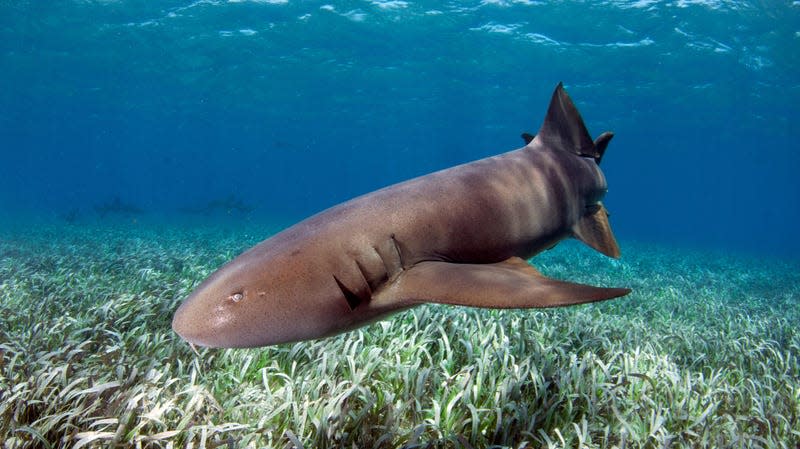
Sharks, glorious sharks. One of the trinity that makes up elasmobranchs, a group of cartilaginous fish that includes sharks, rays, and skates. Sharks get their fair—actually unfair—share of hate for negative portrayals in media, especially of great white sharks, but the animals are intelligent denizens of all the world’s oceans.
For the sake of my sanity, and your patience, I won’t be splitting up sharks into particular species or subspecies, depending on the fish. For example, hammerhead sharks will collectively occupy a place on this list, instead of separate rankings for the great hammerhead shark (Sphyrna mokarran) and the smooth hammerhead shark (S. zygaena), and so on.
Some sharks did not make my list. If you’re unhappy about it, please tell me in the comments why that shark should be included. Another spoiler: I almost didn’t include the cookie cutter shark, because it’s creepy, but it’s got that great name and some of you like creepy. Anyway, enjoy our (my) ranking of the sharks.
15. Cookie cutter shark
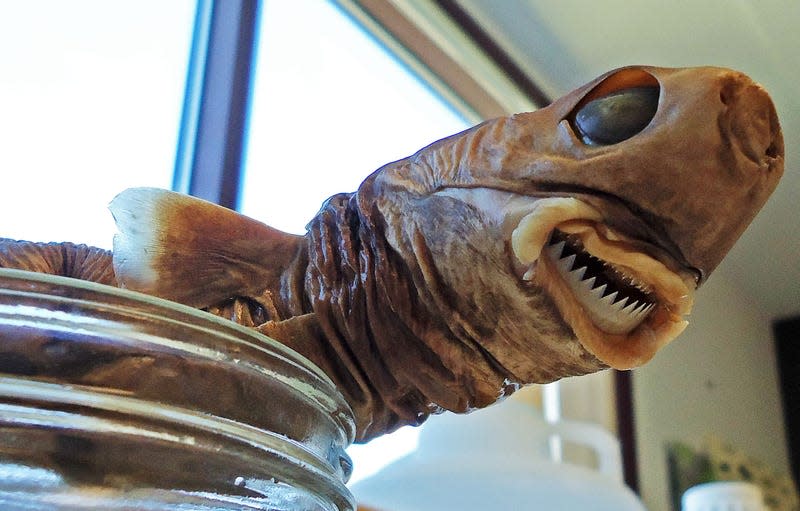
Nature didn’t need to do this, in my opinion. The cookie cutter shark’s mouth—which leaves the telltale bites on prey that gives the shark its name—is filled with serrated teeth. Frankly, the shark’s mouth is entirely too big for its head. That’s not an anatomical fact, that’s my judgmental opinion. And that’s to say nothing of its eyes, which convey nothing but a lust for more circular bites into the sides of other ocean dwellers.
14. Basking shark
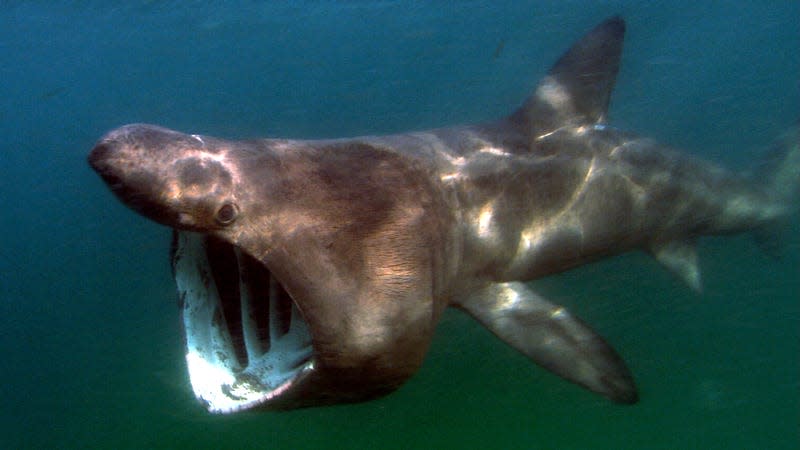
On the opposite side of the mouth scale from the cookie cutter shark is this big guy: the basking shark (Cetorhinus maximus). Growing up to 40 feet long (12.2 meters), the shark feeds by gaping its mouth and filtering water as it swims, picking up zooplankton. I personally love that some of nature’s biggest things feed on little things, but the basking shark has stiff competition up this list.
13. Lemon shark
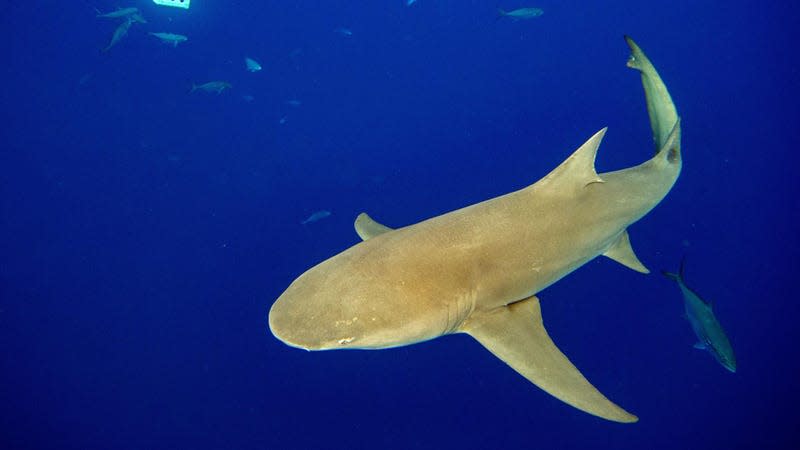
The lemon shark (Negaprion brevirostris) doesn’t get enough love. Looking particularly yellow in the above image, the shark’s coloration helps it blend into the shallow seabeds where it forages for food. I like the lemon shark because it reminds me of a sugar cookie: that is, it may seem bland, but it’s an archetype of what to expect (from a shark, not a cookie). Unlike some sharks on this list, the lemon shark doesn’t have any particularly unique characteristics, aside from its skin color. It’s just a classic-looking shark.
12. Great white
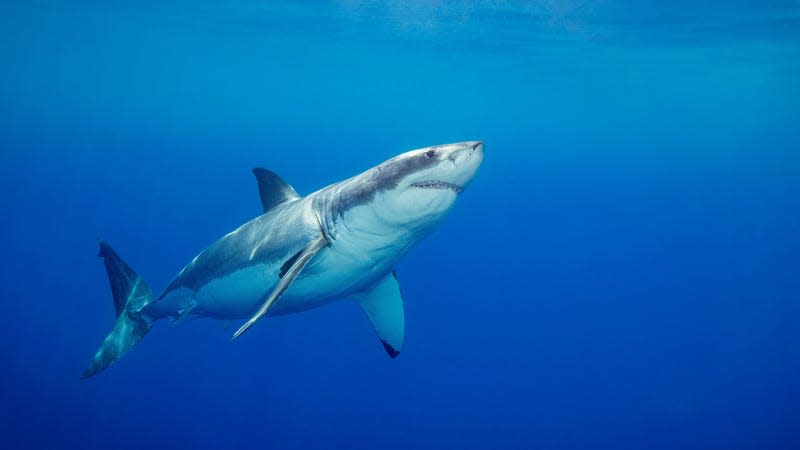
Look, some people adore the great white shark, probably the most familiar shark species on this list. But some species need to be knocked down a peg or two. Great whites are one of the ocean’s most fearsome predators—though not to orcas, which eat the great whites for breakfast. Perhaps the orcas are doing my work for me, but great white sharks are not all that compared to some of the oceans’ other sharks. Yes, they’re fearsome. Yes, their babies are pretty cute. But if we’re just ranking sharks based on their fear-factor we’re no better than those who have caused sharks such reputational damage over the years.
11. Whale shark
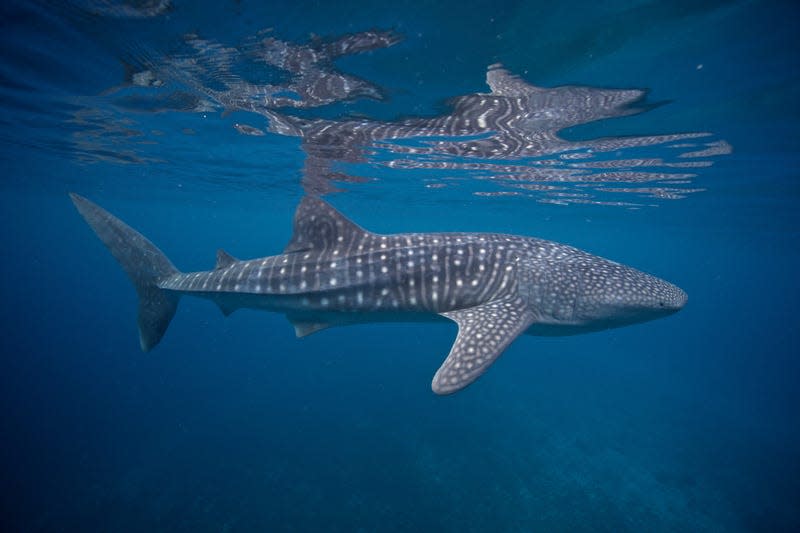
The filter-feeding whale shark (Rhincodon typus) is the largest fish in the sea, according to Oceana, exceeding 40 feet long (12.2 m) in some cases. The sharks’ coloration is mesmerizing, and they are gentle giants of the seas—unless you’re plankton, of course. Whale sharks don’t crack the top ten of this list, but that is no critique of them. It’s really a testament to the amount of quality amongst sharks.
10. Mako shark
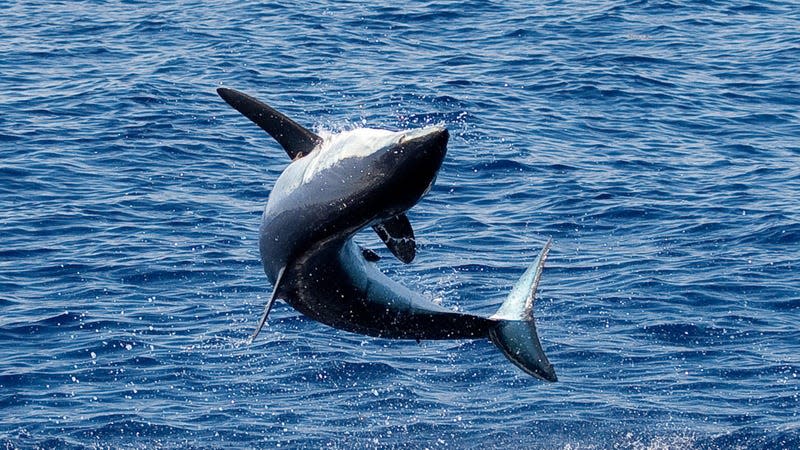
Taking up the 10th spot is the mako shark, a predatory fish that can reach 45 miles per hour (74 kilometers per hour). Its athletics transcend speed alone—the sharks are also known for their ability to leap out of the water, as seen above and in this article. They even eat other sharks, showing their indiscriminate appetite. The mako shark is a terrifying animal, but it can be overlooked for more massive predators (I’m looking at you, great whites).
9. Hammerhead shark
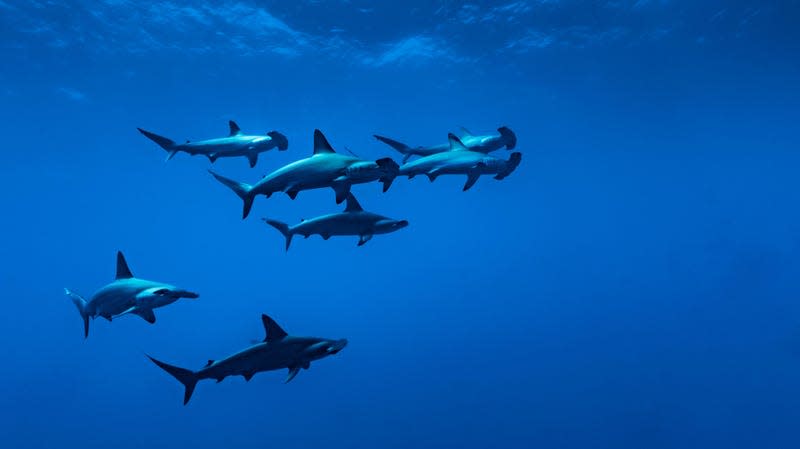
I had to swallow my pride listing hammerhead sharks so low, because they clinched a top spot in our ranking of evolutionary adaptations. But it again speaks to the quality of the shark’s competitors. Besides their eponymous heads, the sharks have some other cool innovations; in 2023, a team of researchers found that the sharks do the piscine equivalent of holding their breath when venturing into the ocean’s depths. Hammerheads may look all, uh, hammerhead, but they still have a trick or two up their...fin.
8. Nurse shark
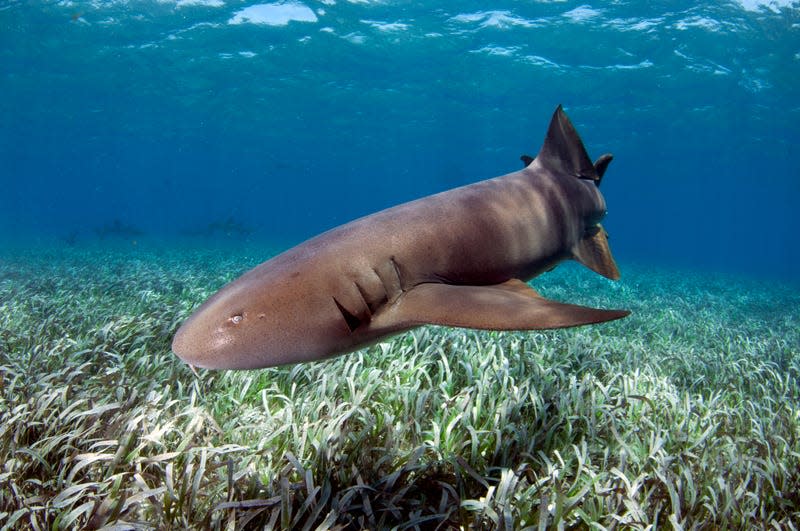
The nurse shark (Ginglymostome cirratum) shouldn’t be overlooked just because it doesn’t seem as ferocious as some of its cousins. The shark is a nocturnal predator that scours the seafloor for shellfish and stingrays before lying down in underwater caves or crevices to sleep, according to the Florida Museum. The nurse shark also has barbels—those whisker-like appendages on the ends of its face—which helps the fish sense. But to me, it also gives the animal a wizened appearance.
7. Sand tiger
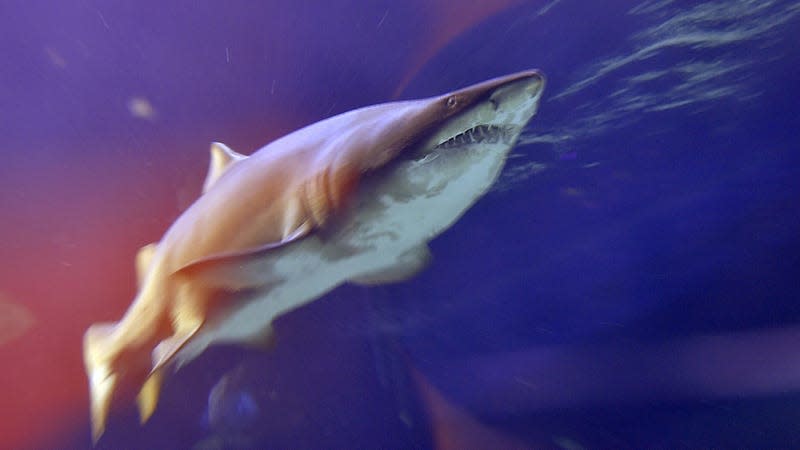
Sand tiger sharks are pretty metal, being known for their intrauterine cannibalism—the shark’s embryos eat one another in utero until only one remains. The animals also have a voracious appetite once born and are known to eat other shark species alongside a comprehensive diet of fishes, eels, crustaceans and mollusks.
6. Carpet/wobbegong shark
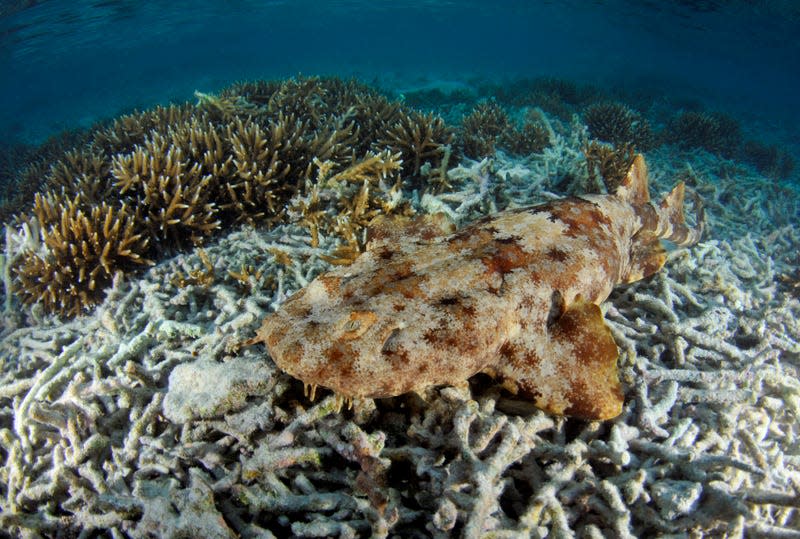
The wobbegong (an Australian Aboriginal word for “shaggy beard,” according to the Smithsonian Institution) is simply a beautiful shark. Its patterns allow the shark to conceal itself as it waits for prey to swim too close. I wish I could give you a more complex reason, but frankly, this shark deserves a spot because it looks cool.
5. Whitetip reef
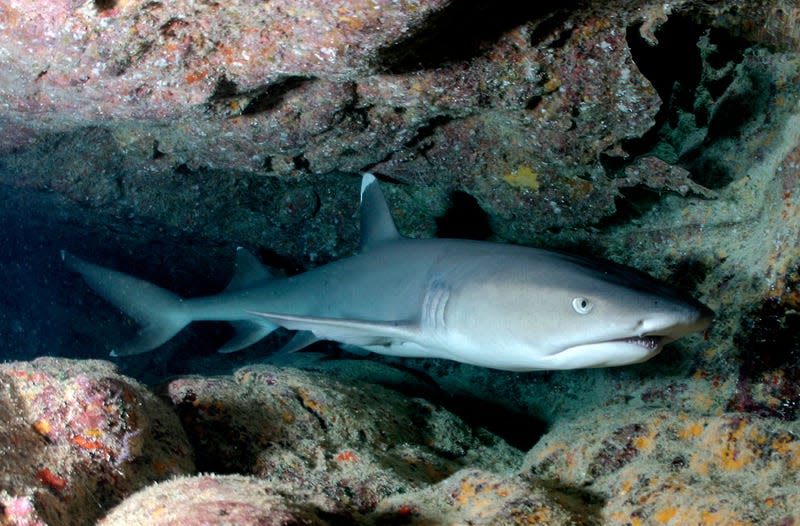
The whitetip reef shark reminds me a bit of dogs and cats that have white “socks” on their feet. (Of course, in lieu of feet this fish had to decorate its fin). Unlike sharks such as the sand tiger shark, whitetip reef sharks are communal creatures and often lie on top of each other in the same home cave, sometimes for weeks at a time. Who doesn’t like hanging out with friends?
4. Megamouth shark

Apologies for this photo of a dead shark; images of megamouth sharks are few and far between. Discovered in 1976 when an individual collided with a Navy research vessel, the megamouth’s name doesn’t disappoint. Its massive maw, with jaws covered in hook-like teeth, is perfect for the animal’s filter-feeding. The megamouth might be the most enigmatic species on this list, as not many specimens have been found. But that leaves room for more discovery!
3. Greenland shark
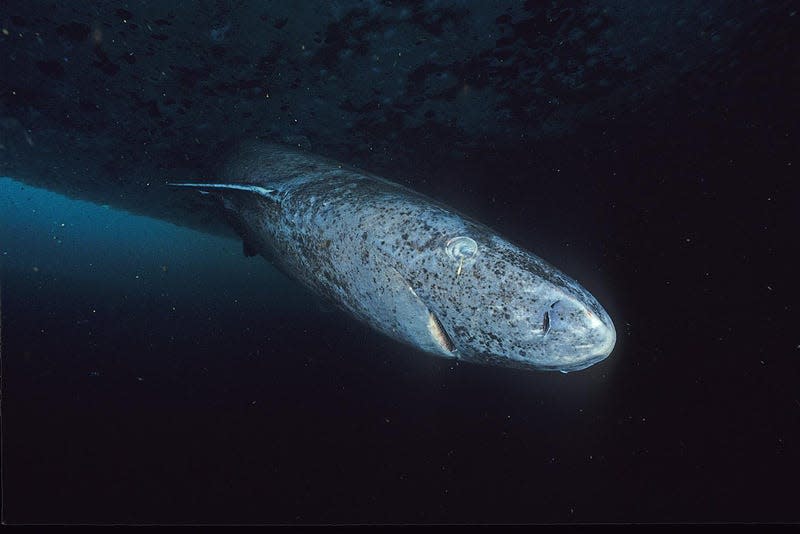
If you don’t know about the Greenland shark, it’s the longest-lived vertebrate, according to LiveScience. The animals can survive for centuries (yes, centuries!) and can grow up to 24 feet long (7.3 meters), making them even longer than great whites. They occupy frigid waters off Greenland (hence its name), but also elsewhere in the Arctic and Atlantic oceans and have been found up to 8,700 feet (2,647 m) beneath the ocean surface. As you can see in the above photo, a kind of ocean parasite takes up residence in the shark’s eyes, leaving them partially blind. So yeah, our third-place shark is the very, very old, mostly sightless Greenland shark.
2. Bullhead shark
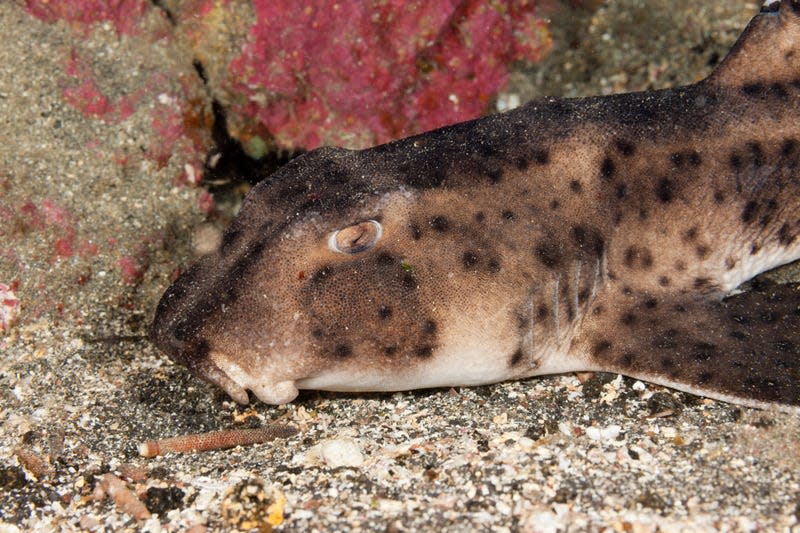
Bullhead sharks get a silver medal on this list because they don’t look like most other sharks. They’re small and with a mouth built for crushing through animal shells—a far cry from the rows of hundreds of serrated teeth touted by others on this list. According to the American Oceans Campaign, the sharks (also known as horn sharks) are sluggish and sedentary, making them relatable to anyone else who’s eaten a lot of crustaceans in a short amount of time.
1. Goblin Shark

Goblin sharks top our ranking of sharks. I mean, look at this thing. Besides its beady eyes and pointy ends, the goblin shark has jaws that extend from their faces when they bite, as if they have a life of their own. When scientists aren’t confusing plastic toys for the real McCoy, goblin sharks are an amazing example of shark biodiversity, using their pointy rostrums (noses) to sense the electric fields of their prey in the dark depths of the ocean.

